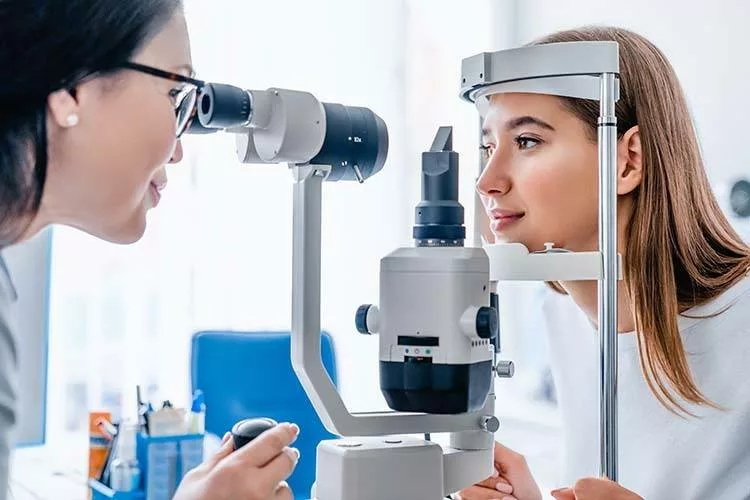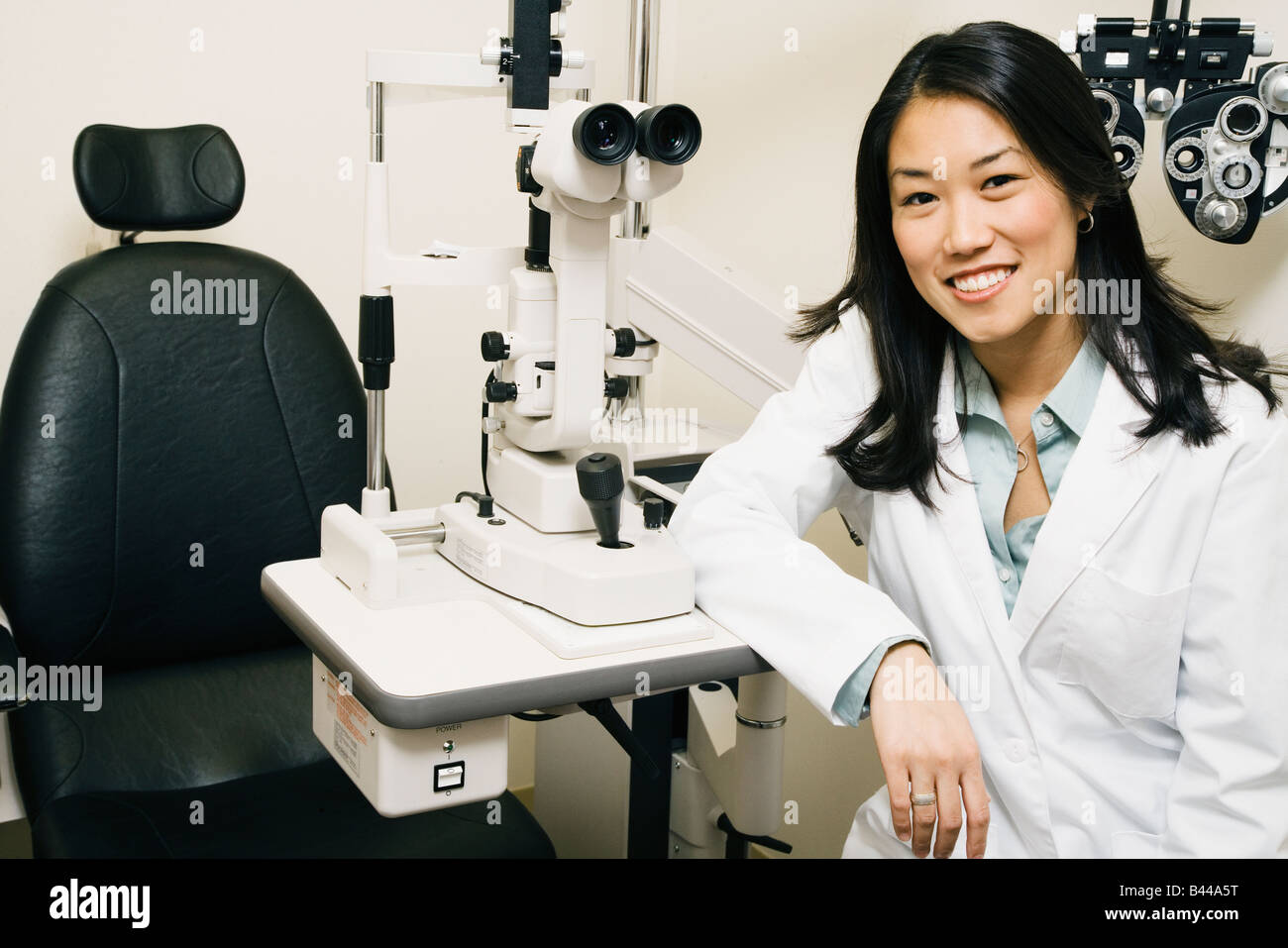The Importance of Regular Examinations with an Eye Doctor Optometrist
The Importance of Regular Examinations with an Eye Doctor Optometrist
Blog Article
Checking Out the most up to date Technological Innovations in Optometry and What They Mean for Optometrists
In the ever-evolving area of optometry, current technological advancements are reshaping exactly how professionals approach eye care. From the accuracy of Optical Coherence Tomography to the nuanced understandings used by AI-driven diagnostic devices, these innovations are setting new requirements in patient analysis and therapy. Teleoptometry is positioned to redefine ease of access, guaranteeing that experience goes beyond geographical constraints. As these improvements permeate the technique, optometrists are encountered with the difficulty of embracing these devices to boost individual outcomes. Yet, the inquiry stays: just how will these technical shifts redefine the duties and duties within the occupation?
Advancements in Diagnostic Devices
Progressing the field of optometry, technologies in diagnostic devices have actually reinvented the method eye care professionals analyze and diagnose aesthetic problems and ocular conditions. The previous years has seen considerable technical developments, enabling more exact and detailed analyses. Optical Coherence Tomography (OCT), for instance, provides high-resolution cross-sectional photos of the retina, permitting for the very early discovery of diseases such as glaucoma and age-related macular deterioration. This non-invasive imaging strategy has ended up being indispensable in contemporary optometric technique.
One more trick advancement is the introduction of advanced corneal topography systems, which map the surface curvature of the cornea with accuracy. These tools are specifically useful for fitting contact lenses and diagnosing corneal disorders. Furthermore, electronic retinal imaging has actually changed typical ophthalmoscopy, offering detailed, panoramic sights of the retina that help with comprehensive visual examinations.
The development of wavefront aberrometry has likewise been critical, allowing the evaluation of refractive mistakes with unmatched accuracy (Eye Doctor Optometrist). This innovation aids in personalizing restorative lenses and enhancing medical results for refractive surgical procedures. Jointly, these diagnostic innovations encourage eye doctors to provide remarkable client treatment, making certain early treatment and customized treatment strategies, inevitably improving aesthetic wellness results
AI in Individual Monitoring
Structure on the structure of advanced analysis devices, the consolidation of artificial intelligence (AI) in client management represents a transformative jump for optometry. AI systems are significantly utilized to enhance performance, precision, and customization in individual care.
Moreover, AI-driven systems facilitate streamlined person communications and management procedures. Automated organizing, online consultations, and personalized follow-up strategies not only improve patient complete satisfaction yet also optimize time administration for practitioners. These systems can triage individuals based on the urgency of their problems, ensuring that those in crucial requirement receive punctual focus.
Furthermore, AI enhances decision-making by giving eye doctors with evidence-based referrals and therapy pathways. By integrating information from electronic health and wellness documents, AI devices supply understandings that notify clinical choices, decreasing the risk of errors and enhancing patient end results. As AI remains to evolve, its function in individual management will likely expand, improving the landscape of optometric care.
Developments in Retinal Imaging
In the world of optometry, retinal imaging has actually experienced remarkable technical developments that are enhancing diagnostic abilities and person treatment. Developments such as Optical Coherence Tomography (OCT) and fundus digital photography have actually revolutionized exactly how optometrists envision and assess the retina. OCT, particularly, provides high-resolution, cross-sectional pictures of the retina, enabling the comprehensive assessment of its layers. This ability is invaluable for very early discovery and management of conditions like glaucoma, diabetic person retinopathy, and age-related macular deterioration.
Improved imaging methods like OCT angiography are more refining diagnostic precision. This non-invasive technique maps blood flow in the retina, using crucial insights into vascular health and wellness without the demand for color injections. Additionally, flexible optics technology is being incorporated into retinal imaging systems to deal with ocular aberrations, providing unprecedented image clarity. Such look at more info improvements help with the identification of minute retinal changes that might indicate condition development.
Furthermore, advancements in expert system are increasing retinal imaging by allowing automatic analysis of big datasets. These systems aid optometrists in determining patterns indicative of pathology, thereby enhancing analysis accuracy and effectiveness. Jointly, these innovations are transforming retinal imaging into a cornerstone of modern-day eye treatment, enhancing outcomes and broadening healing opportunities.
Teleoptometry's Growing Role
Teleoptometry is progressively ending up being a vital component of eye care, driven by developments in electronic interaction and diagnostic tools. This is particularly beneficial in underserved and rural areas where access to specialized eye care is commonly minimal.
The assimilation of expert system (AI) further boosts teleoptometry, making it possible for the evaluation of visual data and aiding in the detection of ocular problems such as glaucoma and diabetic person retinopathy. AI-powered formulas can swiftly analyze intricate imaging data, supplying optometrists with valuable insights that bolster medical decision-making.
Moreover, teleoptometry sustains connection of care through smooth assimilation with electronic health records (EHRs), allowing optometrists to preserve extensive client backgrounds. When seeking advice from with various experts., this makes certain that people get personalized and consistent treatment also.
Despite these advantages, challenges stay, consisting of guaranteeing information protection and taking care of individual expectations. Teleoptometry represents a considerable stride in the direction of even more accessible, efficient, and patient-centered eye treatment. As innovation progresses, its function is poised to expand even more.

Future Patterns in Eye Treatment
A myriad of ingenious trends is readied to improve the future of eye care, driven by technical developments and the evolving needs of patients. One considerable pattern is the integration of synthetic knowledge (AI) in diagnostics, which guarantees to enhance the accuracy and performance of eye assessments. AI algorithms can analyze huge quantities of information from retinal photos, possibly finding problems like diabetic person retinopathy and glaucoma earlier than conventional methods.
Furthermore, individualized medicine is getting traction in optometry, with hereditary screening educating personalized treatment strategies. This technique intends to enhance client outcomes by customizing interventions to individual hereditary accounts. Wearable technology, such as smart contact lenses, is also coming up, using real-time surveillance of intraocular pressure or glucose levels, thus offering constant understandings right into systemic and eye health.
The fostering of augmented reality (AR) and online truth (VIRTUAL REALITY) in training and person education is another arising pattern. These innovations offer immersive experiences that can boost understanding and skills both for optometrists and clients. As these patterns advance, optometrists must stay abreast of technological developments to provide advanced care, making certain enhanced patient results and complete satisfaction in the vibrant landscape of eye care.
Final Thought

Collectively, these analysis innovations encourage eye doctors to provide superior client treatment, making sure very early treatment and customized treatment techniques, ultimately enhancing aesthetic health and wellness end results.

As these modern technologies proceed to advance, optometrists have to adapt and include them into practice, eventually enhancing process efficiency and boosting the requirement of eye care provided to clients.
Report this page